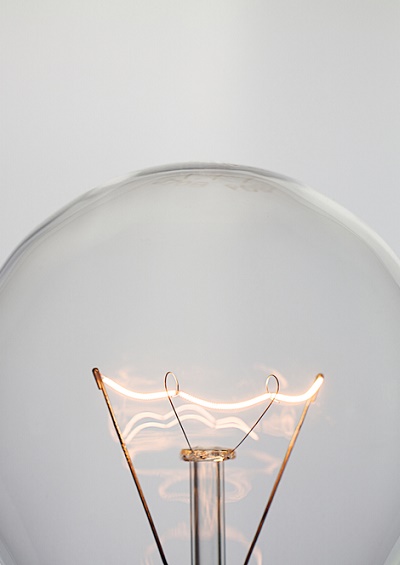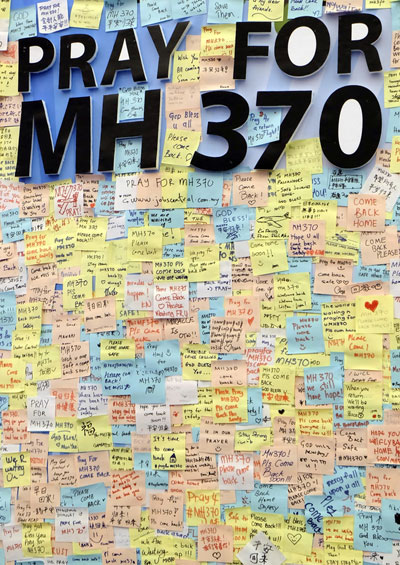Africa’s Electricity Poverty
How many people in Africa live without any access to electricity?
April 13, 2014

At its most basic level, Africa’s energy poverty means there is often no electricity to power lights to study or to work at night. It also means no access to safer electric cooking and heating, powered health centers, or electricity to run a business.
We wonder: How many people in Africa live without any access to electricity?
A. 84 million
B. 230 million
C. 306 million
D. 600 million
A. 84 million is not correct.
According to International Energy Agency, 84 million people in Nigeria alone had no access to electricity as of 2011. Nigeria is Africa’s largest country by population. With a 2011 population of 162 million, that means that 52% of Nigerians lacked access to electrical power.
Many other African nations have even lower access rates. Across the continent, an average of 11 million people per country had no access to electricity.
By comparison, the whole of Latin America had only 24 million people living without access to electricity (or about 5% of the population in 2011). The Middle East had 19 million (9%).[/toggle]
B. 230 million is not correct.
Approximately 230 million people do not have access to electricity in the six countries chosen to be part of the United States’ Power Africa Initiative: Ethiopia, Liberia, Tanzania, Nigeria, Kenya and Ghana.
Announced by President Barack Obama in 2013, the initiative aims to increase energy generation capacity and access through U.S. support to private investment.
Each of the six countries has extremely low access rates — especially Ethiopia, Liberia, Tanzania and Kenya, where less than 25% of the people have electrical power.
However, all of these countries have recently discovered or are exploring for oil or natural gas, giving them abundant potential domestic energy supplies. With increased investment, more facilities could be built to process these supplies into electricity.[/toggle]
C. 306 million is not correct.
India has more people living without access to electricity — 306 million, as of 2011 — than any single country. However, India still has a much higher percentage access rate, at 75%, than the majority of countries in Africa.
And while India still has long way to go before reaching advanced-country rates of electrification, data compiled by the International Institute for Applied Systems Analysis reveal that its electrification expansion has been accelerating over the last two decades. By contrast, Sub-Saharan Africa’s has been relatively stagnant.[/toggle]
D. 600 million is correct.
Roughly 600 million people in Africa — nearly twice the population of the United States — were living without access to electricity in 2011. They represented 43% of the 1.4 billion people worldwide who lacked regular access to electricity.
The majority of these people are concentrated in Sub-Saharan Africa, although not necessarily in remote villages. For example, Kenya’s Electrification Authority reports that while 73% of Kenyans live within one kilometer (0.6 miles) of a transformer, only 18% are connected to the grid.
Even for those in Africa and elsewhere who are hooked up to the grid, the actual flow of electricity is sporadic, with rolling blackouts or brownouts a regular part of life. Because of outdated or insufficient infrastructure, countries cannot generate enough electricity to meet demand.
That is why energy access has become a top agenda item for international NGOs, foreign donors and developing country governments. The United States’ Power Africa Initiative and proposed Electrify Africa Act and the UN’s Sustainable Energy for All push for increased generation capacity, on- and off-grid solutions, and better governance for energy sectors.[/toggle]
Editor’s note: This Globalist Quiz is based on data and analysis provided by Madeleine Gleave of the Center for Global Development.
Takeaways
73% of Kenyans live within 1 km (0.6 miles) of a power transformer, yet only 18% are connected to the grid.
75% of Indians have access to electricity but those without still number almost the population of the U.S.
<25% of the people have electricity access in Ethiopia, Liberia, Tanzania and Kenya.
52% of Africa’s largest national population (Nigeria) lack access to electrical power.
